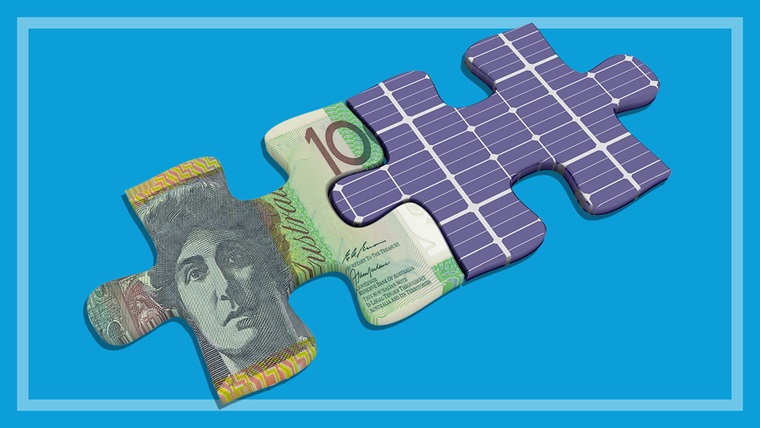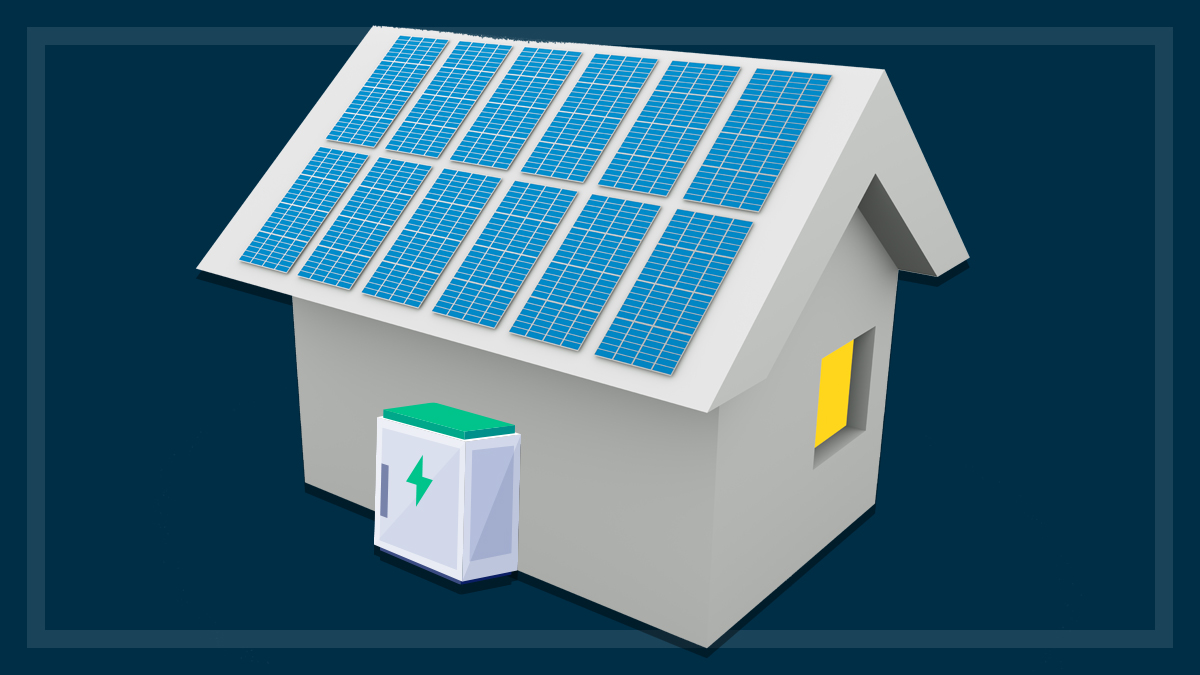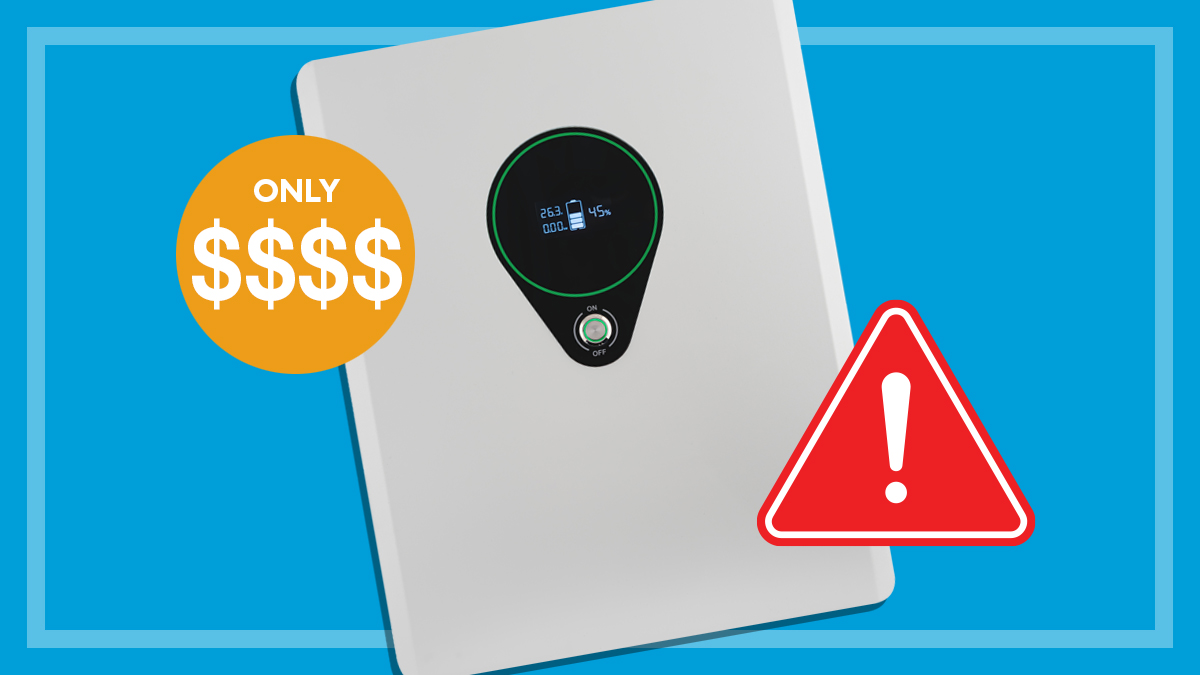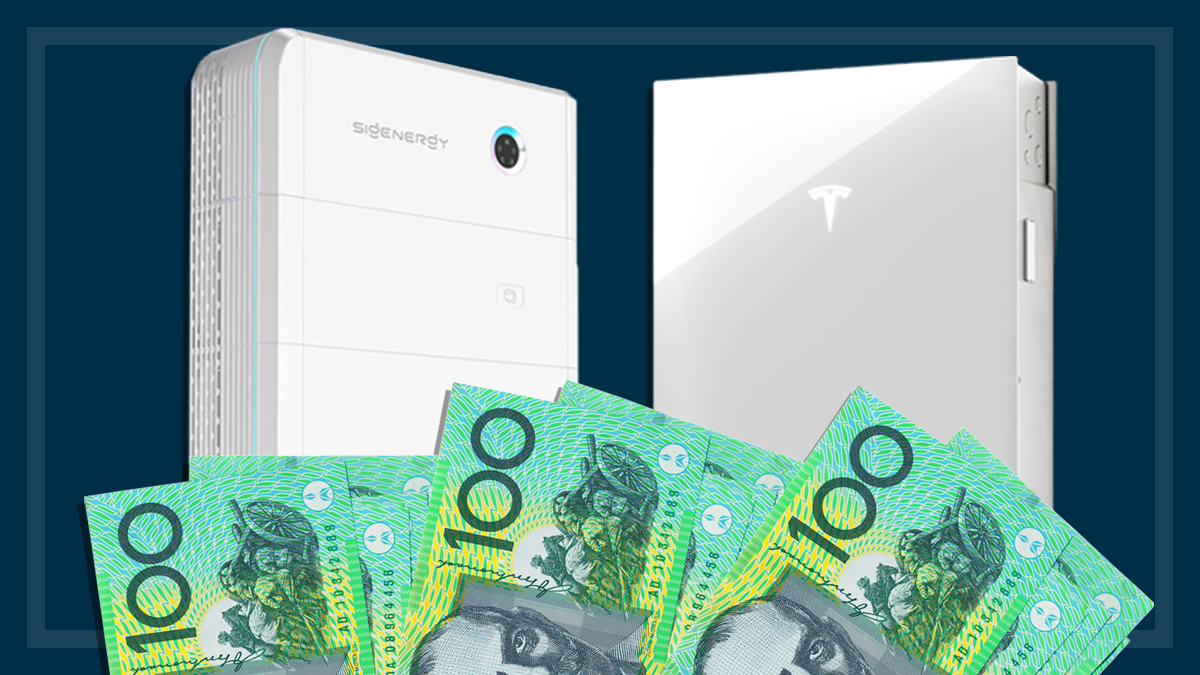Get our independent lab tests, expert reviews and honest advice.
How to buy the best home safe
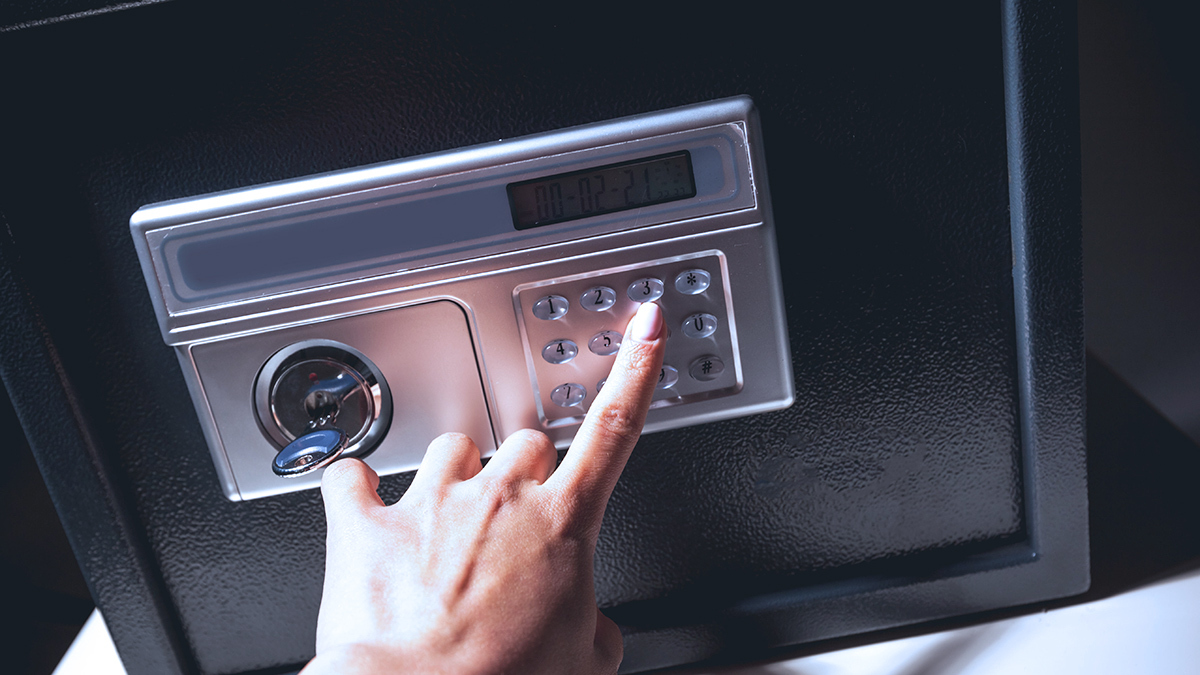
If you have precious jewellery, documents and other items to protect from fire and burglars, then it can be worthwhile installing a home safe. And of course if you own firearms, a safe is a legal requirement. But do you need to spend big to get something worthwhile, or can a cheap safe do the job?
On this page:
- Reasons to own a safe: theft, fire and flood, and firearms
- What are cash, fire and TDR ratings?
- Installing a safe
- Features to look for
- Alternatives to a safe
- Industry tips from the experts
- How much do safes cost?
It all depends on what features you want and how secure you need the safe to be. CHOICE doesn’t currently review safes, but in this guide we explain the features to look for, what fire and cash ratings mean, and what you can expect at different price points.
Reasons to own a safe: theft, fire and flood, and firearms
For most people, the main reasons to own a safe are to protect valuables, documents and data from being stolen, or from being destroyed in a house fire or flood. Many safes, especially at the more expensive end, can meet all these needs. For particularly valuable items such as high-end jewellery, storing them in a good quality safe may be a necessity if you want to insure them for their full value.
Another reason to own a safe is to secure firearms, according to the law in your state. There are various requirements for the type of gun safe required, depending on the types of firearms being stored. Gun safes can be used to protect other valuables as well.
The most basic job of any safe is to stop a thief walking away with your valuable items or documents.
It’s obvious why you’d want to protect jewellery and other precious items. But perhaps it’s less crucial to securely store documents such as birth certificates and passports than it once was, since it’s easy now to scan them and keep digital copies, but nevertheless it can be important to keep and protect the originals. Sometimes these might be genuinely irreplaceable, or have sentimental value, or simply be very inconvenient to lose. And it may be the digital backup itself that you’re trying to protect, such as a portable hard drive or USB sticks.
All safes offer some degree of theft protection, but in the case of very cheap and basic models the level of protection is pretty low. Many of these can be opened with a basic tool such as a screwdriver, hammer or even in some cases a magnet. A skilled locksmith (or thief) can often do this in a few seconds. In contrast, a high quality safe will not be defeated by anyone but the most determined and professional of burglars.
Important documents and other valuables aren’t just susceptible to theft, but also may be destroyed in a house fire. A good fire-rated safe can protect them.
Backup or sensitive data, stored on hard drives or USB memory sticks, can also be important enough to need protection from fire. You can find lockable fire-rated data storage containers, which can be portable containers or in the form of a filing cabinet. While they are lockable, some of these may be mainly designed to protect the hard drives from fire only, not theft – for maximum protection you’ll need a good quality theft and fire-rated safe for your data, just like any other valuables.
Some safes also claim to be water-proof or water-resistant. Most safes with a good fire rating (even an in-floor safe, if correctly installed) should also be reasonably resistant to water ingress, for example if the house is temporarily flooded or if fire hoses spray the safe during a house fire. Look for independent verification of any claim around water resistance.
Firearms (rifles, shotguns and pistols) are subject to strict storage requirements by law. The specific requirements are broadly similar across Australia, but can vary a bit from state to state, and depend on various factors such as the type of firearms being stored.
We strongly recommend that if you need a gun safe, you should check the laws in your state. A good safe retailer and installer, and fellow gun club members, can also give advice.
The applicable firearm safe storage laws in each state can be found here:
What are cash, fire and TDR ratings?
Cash rating
A cash rating is usually shown as a dollar value such as “$10,000”. It’s a guide to the amount that an insurance company is likely to cover if the safe is broken into and the contents stolen. The cash rating is an indication of the quality of the safe: the higher the rating, the better the safe.
Very cheap safes usually have no cash rating at all, so an insurer won’t usually consider these sufficient to protect important valuables.
The cash rating may be a claim by the safe manufacturer based on their own tests, rather than an independently verified rating, and different brands may test their safes to different criteria and with various levels of rigour. So you should treat cash ratings as a guide rather than an absolute guarantee, unless you can see independent verification of the rating by a credible third party such as Underwriters Laboratories (UL).
Ratings are usually from $2000 all the way up to $500,000, but the final rating of a safe by an insurance company also depends on other factors. A professionally installed safe in a home with a monitored alarm (“back to base”) can have a much higher cash rating than the same safe in a less secure home.
If a high level of security is important for you, talk to your insurer before you buy a safe to see what cover they’ll provide and any specific requirements they have regarding the safe and its installation.
Fire rating
A fire rating indicates how long you can expect the safe to protect its contents when subjected to heat and flame. Fire-rated safes have a lining of material or insulation that helps keep the contents cool and stops them drying out.
As with cash ratings, the fire rating should be treated as a guide, since different manufacturers might test this in different ways, and might not have the rating independently verified.
The minimum rating is 30 minutes, but for best results, aim for a fire rating of one hour. House fires can vary significantly in heat and duration, but a good quality one hour-rated safe is likely to be more than enough.
Sometimes the stronger a safe is for resisting break-in, the worse it can be for fire resistance. This is due to the thick steel construction creating more mass to absorb heat in a fire, which in turn means more heat and damage to the contents. This is why some safes have a good cash rating but no fire rating. To have a fire rating, a safe must be specifically built to resist fire.
Torch and drill resistant (TDR)
For top-level theft protection, you may need to consider a TDR safe: torch and drill resistant. These safes are especially strongly built to resist oxy-acetylene torches, power drills or grinders, and even explosives. The door only might be TDR, or the whole safe, depending on the model. Insurance policies for highly valuable items might specify that a TDR safe is required.
Most such safes have many other protective features as well, and as you’d expect, they’re more expensive. Expect to pay at least $2000, and usually a lot more.
Installing a safe
When you’re choosing a safe, you need to think ahead about where it will be located in your home. Is there a good spot where the safe will be accessible without being obvious, ideally with concrete or brick to fasten it onto?
Ideally, a safe should be positioned:
- out of sight, such as in a wardrobe, under stairs, or in a basement
- in a corner, so that it’s harder for a thief to get a good angle to lever the safe out
- on a concrete floor (or subfloor).
An in-floor or in-wall safe (where the door is flush with the floor or wall) is a much bigger installation job. The same points above still apply, but you’ll have a lot more work to prepare the location and to avoid any electrical wiring or plumbing. An in-floor installation into concrete could require jackhammering out a cavity and concreting the safe into place. Generally, these installations might be best left to a professional.
Avoid installing the safe in a room with dampness problems, or where a humidifier might be often used. Safes are not always air tight and high humidity can affect and damage the contents, or cause the safe itself to rust over time. Even in a room with moderate humidity, putting some silica gel packets in the safe can be a good idea to help keep the contents dry.
In most cases the safe should be anchored (fastened with bolts) to the floor or wall, or both, using the bolts supplied with the safe for this purpose. These are typically expanding bolts for anchoring into concrete or masonry – that’s the most secure method. If you have to anchor to a wooden floor or wall, aim to position the bolts into a joist or stud. You may need to use long coach bolts in this case, and possibly a steel reinforcing plate on the underside of the floor.
A very heavy safe may be secure enough without being anchored to the wall or floor – typically, this would apply for a safe that’s too heavy to be lifted by two or three people, or be moved with a hand trolley. For a regular home safe, industry advice generally is to anchor any safe that weighs less than 300kg.
Specific weight minimums apply for freestanding gun safes. Gun safes below these weights must be anchored to the wall and/or floor. See the links above for specific state regulations.
For challenging locations, complicated installation, or when installing a high-quality safe to protect very valuable items, professional safe installation is a good way to go. In fact, it may be a requirement of your insurer. The costs of professional installation will vary a lot depending on the circumstances, and will add at least a few hundred dollars (probably more) in addition to the cost of the safe itself.
Features to look for
The lock – key, combination, or both?
- A key lock is simple and easy to use, but of course can be a problem if the key is lost or falls into the hands of the wrong person. Key locks can also be picked by a skilled thief.
- Digital combination locks, with a keypad and display, offer more flexibility and are generally the easiest option for home safes. You can set the combination you want and change it from time to time as needed, and you don’t need to add another key to your key ring. They can also include other features such as a time out after too many failed attempts to enter the code. On the downside, codes can be forgotten, and electronic locks can fail if the battery dies or the electronics are poorly made.
- Dial combination locks are the old-school mechanical version of the above, and are usually very reliable. But you can’t program the code yourself, and as above, codes can be forgotten.
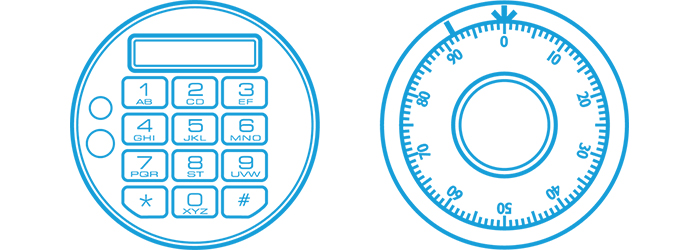
With some models of safes you have a choice of which type of lock you want, while others have both a key and a combination for extra security.
None of the above lock types are necessarily better than the others – the lock is just one component of the safe, and there’s no point having a great lock if the safe’s walls are flimsy or the locking bolts are weak.
Weight and construction
Good quality safes will have steel walls and doors several millimetres thick, and even a small one can weigh 15–20kg. Larger safes will weigh much more, for example 40–80kg is common for good mid-range safes, while a larger or high-security safe may weigh 200kg or more.
The regulations for gun safes often specify minimum wall thicknesses.
Cheap safes are commonly only a few kilograms in weight, due to their thinner walls and generally weaker construction.
Keep it secret, keep it safe
A good safe will provide great protection for your valuables, but it can still be defeated by a professional burglar. If they can’t break into it on site, they might actually rip it out of the wall or floor and carry it away to break it open elsewhere. And the bigger and more robust the safe, the harder it will be to conceal.
Major burglaries usually occur when a thief has scoped out the neighbourhood and targeted your property, and especially when they know that no one will be home. So:
- try to not publicise the fact that you have a safe – the more people that know it exists, the more chance it will become a target
- if you’re going to be away from home for an extended period, don’t announce it to the world, either in person or online
- if you’re going away for a while, consider putting your most valuable items temporarily into a safe storage facility at a bank or storage company.
Alternatives to a safe
If installing a safe is too difficult in your home, then you can consider depositing your valuables with a bank or storage company.
- If you have just a few documents or a small amount of valuables to store, these can be put into “safe custody” in a secure envelope or small lockable container which is then kept in the bank or storage company’s secure facility. You can typically access your items by visiting the relevant branch in person during business hours.
- Document storage envelopes usually don’t allow you to store cash. For cash, a safe custody box may be required.
- The storage fees per envelope or container vary, but typically $100 or less per year for one envelope, and more for a box.
- The bank or storage company might not provide insurance as part of the service. Check with them as to any insurance and other terms and conditions.
- For larger amounts of valuables, or larger individual items, a safe deposit box or vault might be needed. These range in size and are offered by some banks and specialty secure storage companies.
- Fees generally start at a few hundred dollars per year and can go into the thousands for larger volume storage. Not all bank branches or storage company locations have these facilities, so contact them to find out what’s available.
- With this higher level of security (and fees to match), insurance cover for the contents of the deposit box may be included in the fee.
- Check the terms and conditions for what can be stored, access options and so on.
Industry tips from the experts
We spoke to two people in the home safe retail industry for their advice: Mark Irvine from City Safes in Sydney, and Katie Eggleton from Bunnings.
Mark Irvine from City Safes in Sydney says that when it comes to home safes, you very much get what you pay for. “Most of the really cheap safes that you see, I could open with a screwdriver in a few seconds,” he says. “You can see videos online of some cheap safes being opened with a magnet. It’s very easy once you know how.”
He says that very cheap safes priced a few hundred dollars or less should be regarded as lockable boxes for keeping items safe from casual theft, rather than as true safes that can deter a determined burglar.
Likewise with gun safes, Irvine says that some cheaper models might meet the requirements of the law, but aren’t really as strongly built as they could be.
He advises that anyone looking to buy a decent quality safe with genuine cash and fire ratings should be looking to spend about $700 or more.
And if you have high-end valuables to protect and insure – such as very expensive jewellery or a lot of cash – talk to your insurer first, so that you know what type of safe their policy requires. Irvine has had several clients who had to tear out and replace their safes with better ones to meet their insurance company’s requirements.
Katie Eggleton, National Hook, Legs, Protect & Safety Buyer for Bunnings, says that they are seeing a shift away from mechanical access safes and an increasing interest in digital safes. “Our customers want safes that don’t just provide security from theft but also will protect their valuables from weather like fire and flooding,” she says.
“Entry-level digital keypad safes around the $40 price point are popular, but it really depends on what level of security customers are looking for and what items need to be secured. Customers are willing to pay more for better security features such as thicker steel, stronger hinges and locking components within the door.”
She says that safes that can protect valuables from fire and floods are becoming a priority for customers. “Particularly after major flooding or bushfire events is when we typically see an increase in demand for this type of safe.”
Eggleton notes that the most common problem that customers report with safes is losing access, due to forgotten codes or lost keys, but that most suppliers offer a 24-hour help line that can assist with replacements for both keys and codes.
How much do safes cost?
Very basic safes, which in many cases are really just lockable storage containers, cost between $40 and $200.
Good quality home safes recommended by professionals start at about $200: Mark Irvine from City Safes suggested the Chubb Air laptop safe as an example of an economical and compact home safe. The price goes to $700–800 for a safe with good cash and fire ratings and capable of storing a moderate amount of valuables.
High-end safes start at about $1500 and go to over $2000 for TDR safes.



